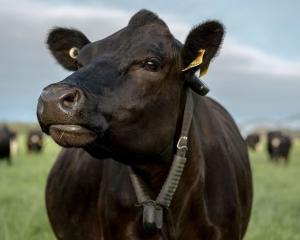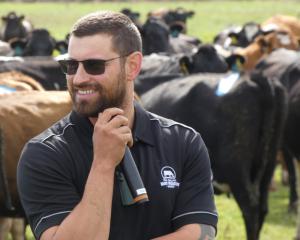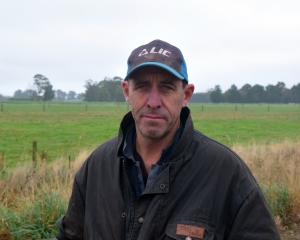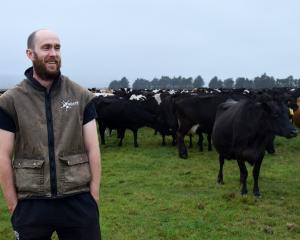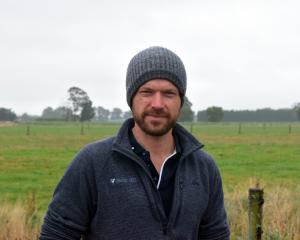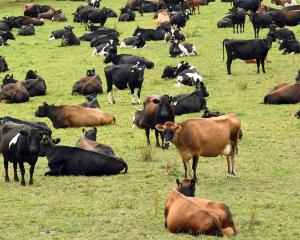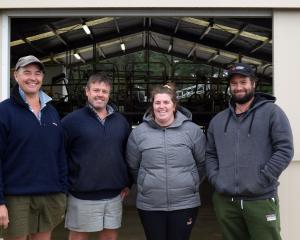
Biosecurity minister Damien O'Connor announced the moves on Thursday, saying the cattle disease had highlighted problems in the National Identification and Tracing (Nait) scheme that should have been fixed years ago.
Farmers had failed to register their animals' movements, and there was a lack of compliance action to ensure Nait was used.
Changes to the Nait Act 2012 would align Nait search powers with the Search and Surveillance Act; make it compulsory to declare all animal movements to Nait and hold to account everyone who failed to do so.
Three new infringement offences were created under the Animal Products Act 1999, relating to non-compliance with animal status declarations.
M. bovis has also become a notifiable organism under the Biosecurity Act 1993. If its presence was suspected, it must be reported to the Ministry for Primary Industries.
''A well-functioning Nait is a key part of our efforts to protect our vital primary industries from pests and disease,'' Mr O'Connor said.
''Since getting the Nait Review in April, compliance activities have been stepped up with hundreds of on-farm checks, compliance warnings, stock truck checks and 39 infringement notices - compared with one in the previous five years.''
The Government would revisit Nait legislation again in the coming months after consulting on more changes, including making the scheme easier to use, he said.
DairyNZ and Beef + Lamb New Zealand supported the law changes.
''Knowing where your cows have been is crucial to understanding and preventing the spread of any future disease,'' DairyNZ chief executive Tim Mackle said.
BLNZ policy and advocacy general manager Dave Harrison said M. bovis showed it was critical to be able to trace movements of animals between farms in a biosecurity incursion.
''Effective compliance forms an important part of that process.''
M. bovis was confirmed in the Tasman district for the first time last week. The sheep and beef farm near Motueka was identified through tracing animals from known infected farms.
Response incident controller Catherine Duthie said the new infection was expected from the ministry's intensive tracing work.
''I know an obvious question people will have is 'Why has it taken this long to find this property?'. The answer to that lies with the nature of this particular bacteria.
''It is a tricky thing to find and often hides within an animal, lying dormant and not revealing itself for weeks or months,'' Dr Duthie said.
''This is why we test multiple times using multiple kinds of tests.''
The discovery of new infected properties was not because the disease was spreading off infected farms, she said.
''Rather, the new finds are the result of our tracing uncovering historical movements of animals and then confirming the infection through testing.
Progress was being made, Dr Duthie said.
''Nationally, the number of active infected properties has dropped to 35, while 28 farms have been cleaned and depopulated and those farmers are moving forward with their farming business.
''In addition, the latest identified properties show the infection has occurred fairly recently, which means we are catching it earlier. This is good news for the eradication effort.''



